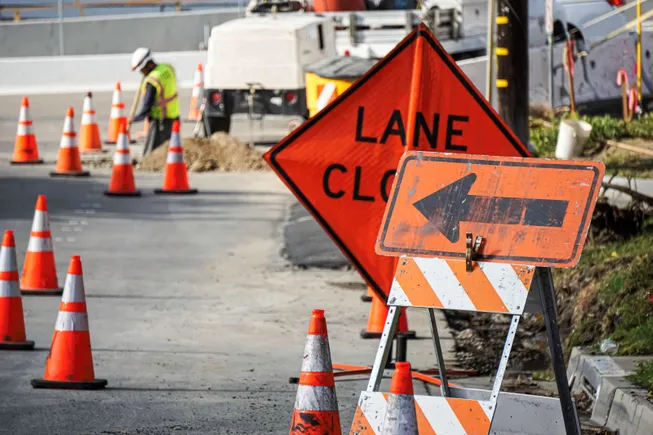[ad_1]
Dive Brief:
- National nonresidential construction spending declined 0.1% in November, according to an Associated Builders and Contractors analysis of data published Thursday by the U.S. Census Bureau.
- On a seasonally adjusted annualized basis, nonresidential spending totaled $1.23 trillion. On a year-over-year basis, nonresidential construction spending is up 2.8%, approximately flat in inflation-adjusted terms.
- Spending was down on a monthly basis in eight of 16 nonresidential subcategories. Private nonresidential spending was unchanged, while public nonresidential construction spending was down 0.2% in November.
Dive Insight:
ABC Chief Economist Anirban Basu noted that contractor confidence surged after the Nov. 5 presidential election.
“Many contractors expect a combination of deregulation and tax cuts to support greater activity and profitability going forward, including substantial investment in traditional energy sectors and manufacturing,” he said in the release.
November’s data supports that notion. Manufacturing was one of the strongest sectors, and one of three — along with public safety and water — to grow more than 10% YOY.
Public construction spending declined 0.1% for the month but rose 4.6% over 12 months, according to a release from the Associated General Contractors of America. Among the three largest public segments, highway and street construction rose 0.2% in November but fell 3.5% YOY, education construction fell 0.2% for the month but rose 3.0 % YOY and transportation spending declined 0.5% in November but increased 6.6% from a year earlier.
“Construction activity was closely balanced between segments that expanded or shrank in November,” said Ken Simonson, AGC chief economist, in the release. “But contractors appear to be optimistic about most categories heading into 2025.”
Still, there are reasons for concern. Despite an ongoing boom in data center construction, nonresidential construction spending momentum has all but disappeared, largely because project financing costs remain elevated, said Basu.
“With inflation remaining stubbornly high and potentially accelerating going forward, interest rates stand to stay higher for longer. Prospective tariff increases threaten to push construction materials prices higher and shifting immigration policies could expand future worker shortages,” he said. “Only time will tell whether the recent upswing in optimism will prove justified.”
[ad_2]
Source link

